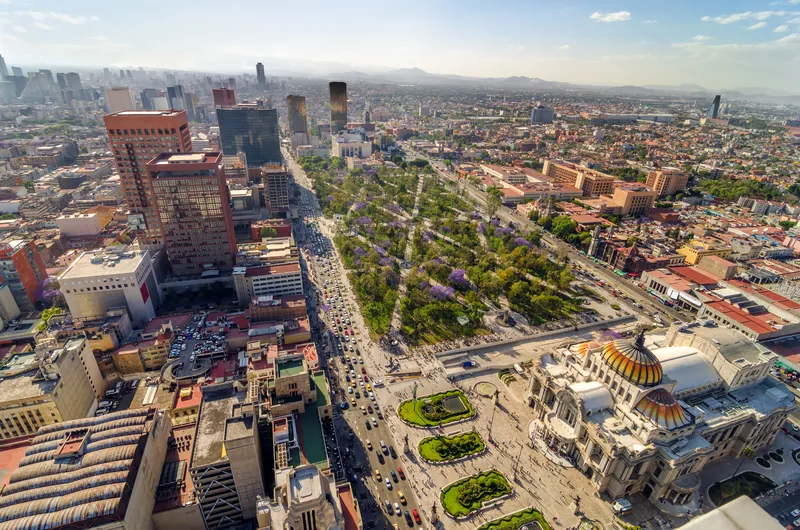London buses will carry out a groundbreaking trial of optical and radar-based detection software this summer, helping to further reduce the number of collisions involving pedestrians and cyclists in London.
The trials are part of Transport for London’s (TfL) draft Pedestrian Safety Action Plan, and will build on research previously carried out by TfL on detection equipment and will look to test the effectiveness of the technology for reducing collisions with cyclists and pedestrians.
March 31, 2014
Read time: 2 mins
London buses will carry out a groundbreaking trial of optical and radar-based detection software this summer, helping to further reduce the number of collisions involving pedestrians and cyclists in London.
The trials are part of1466 Transport for London’s (TfL) draft Pedestrian Safety Action Plan, and will build on research previously carried out by TfL on detection equipment and will look to test the effectiveness of the technology for reducing collisions with cyclists and pedestrians.
An initial trial in August 2013 showed that this technology - which directly alerts bus drivers to pedestrians and cyclists close to the vehicle - had significant potential but that more research was needed. TfL is now calling on developers to submit information about similar technology which could form part of the on street trial this summer. Subject to the outcome of the trials, a decision will be made whether the technology could be more widely rolled out across London’s 8,700 buses.
Mayor of London, Boris Johnson, said: "We've made some great strides in improving road safety in recent years, and although things are moving in the right direction there is still much to be done which is why we are working hard to deliver innovative measures - such as these groundbreaking bus technology trials – to ensure that we make our roads as safe as possible for everyone.”
Leon Daniels, Managing Director of Surface Transport said: “We are all pedestrians, and therefore it is vital that we continue to make London’s streets as safe as possible. These forthcoming trials of innovative pedestrian detection on London Buses, as well as the publication of our draft Pedestrian Safety Action Plan, will build on the huge reductions in serious injuries we have seen in the last decade and demonstrate our commitment to making London’s streets safe for all."
The trials are part of
An initial trial in August 2013 showed that this technology - which directly alerts bus drivers to pedestrians and cyclists close to the vehicle - had significant potential but that more research was needed. TfL is now calling on developers to submit information about similar technology which could form part of the on street trial this summer. Subject to the outcome of the trials, a decision will be made whether the technology could be more widely rolled out across London’s 8,700 buses.
Mayor of London, Boris Johnson, said: "We've made some great strides in improving road safety in recent years, and although things are moving in the right direction there is still much to be done which is why we are working hard to deliver innovative measures - such as these groundbreaking bus technology trials – to ensure that we make our roads as safe as possible for everyone.”
Leon Daniels, Managing Director of Surface Transport said: “We are all pedestrians, and therefore it is vital that we continue to make London’s streets as safe as possible. These forthcoming trials of innovative pedestrian detection on London Buses, as well as the publication of our draft Pedestrian Safety Action Plan, will build on the huge reductions in serious injuries we have seen in the last decade and demonstrate our commitment to making London’s streets safe for all."









